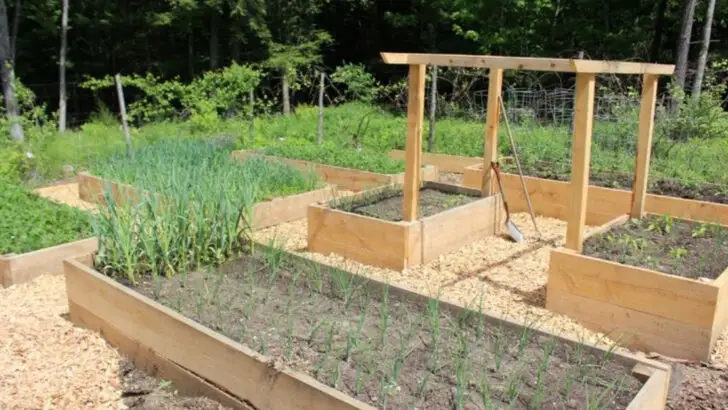Filling a raised garden bed might seem straightforward, but the way you do it can really affect how much you get to harvest later on. It’s not just about dumping soil in and planting seeds—there’s a bit of strategy involved in creating the right environment for your plants to thrive.
From choosing the best soil mixes to layering materials for drainage and nutrients, there are plenty of approaches that can help you make the most of your space. With a little planning, you can turn your raised bed into a productive, healthy garden that keeps giving back season after season.
Layered Compost
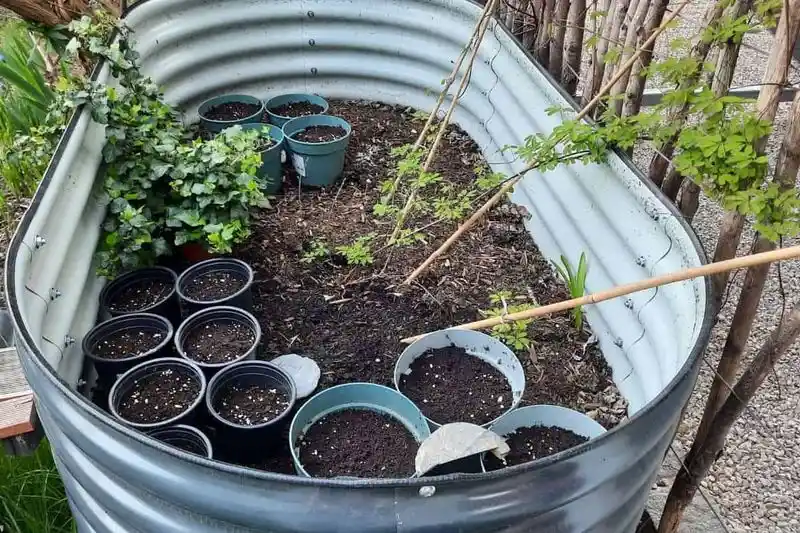
Think of layered compost as creating a nutrient-rich cake for your plants. Start with a base of coarse materials like sticks and straw. This layer ensures good drainage. Follow this with alternating layers of ‘green’ materials (like kitchen scraps) and ‘brown’ materials (like dried leaves). Each layer should be about two to four inches thick. Finish with a top layer of garden soil. As time goes on, the compost breaks down, releasing nutrients for your plants. This method is sustainable and eco-friendly, reducing waste while enriching soil.
Sand and Clay Blend
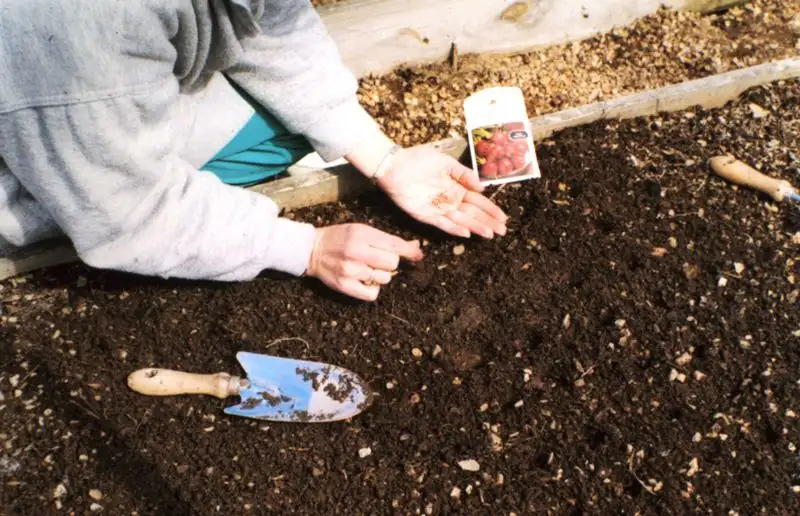
The Sand and Clay Blend offers a unique approach to raised bed gardening. Combining sand with clay enhances drainage and aeration, allowing roots to develop vigorously.
This mixture reduces waterlogging, a common problem in traditional soil setups. The clay component retains essential nutrients, providing a balanced environment for plant growth.
Ideal for vegetables like carrots and potatoes, this blend supports healthy development. Did you know? Ancient farmers used similar mixtures to cultivate fertile lands. Embrace this method for a thriving garden and a rich harvest all season long.
Hugelkultur Method
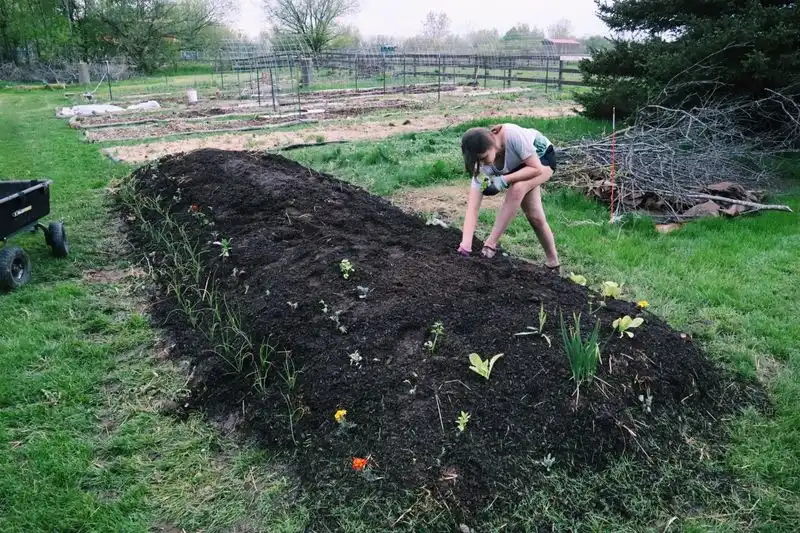
Originating from Eastern Europe, hugelkultur involves placing logs at the bottom of your raised bed. Cover these logs with smaller branches, leaves, and then soil. As the wood decomposes, it provides nutrients and retains moisture. This method is perfect for those living in drier climates. It acts as a water reservoir. The slow decomposition also means years of fertile soil. Hugelkultur is a time-tested technique that enhances soil structure and fertility with minimal maintenance.
Charcoal and Soil Mix

Charcoal and Soil Mix transforms ordinary gardening into a nutrient-rich experience. The charcoal acts as a natural filter, enhancing soil quality and boosting plant health.
By retaining moisture and nutrients, it minimizes the need for constant watering. This mix is perfect for herbs and leafy greens. The historical use of charcoal in gardening dates back to Indigenous practices, known for fertile outcomes.
Integrating this mix into your garden not only nourishes plants but also honors time-tested techniques. Enjoy the bountiful results with less effort and more nourishment.
Straw Bale Filling
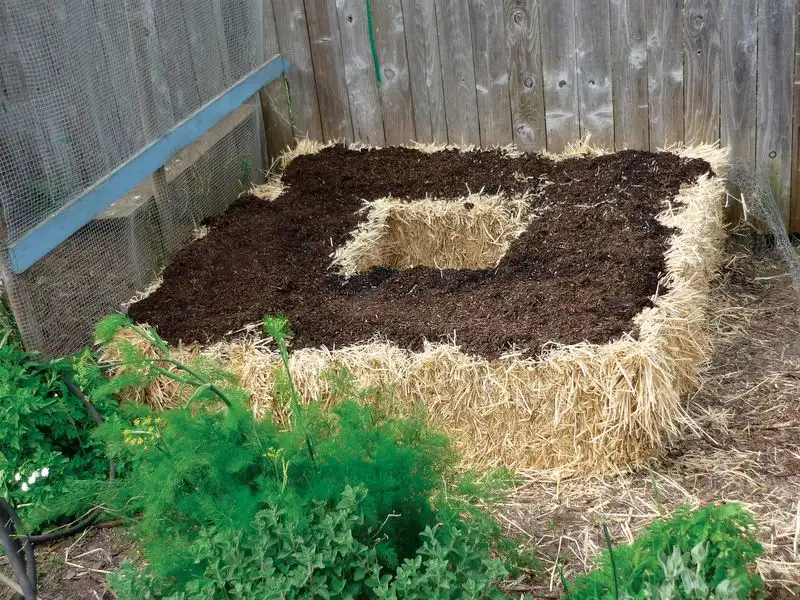
Straw bales offer an ingenious way to fill a raised garden bed. Lay the bales on their sides and fill gaps with a mixture of compost and soil. Over time, the straw breaks down, becoming a rich growing medium. This method is particularly useful if you’re aiming for temporary beds or in areas with poor soil. The bales provide excellent drainage and warmth, fostering plant growth. However, watch for pests that might find straw an inviting home. Regular checks and maintenance are essential.
Lasagna Gardening
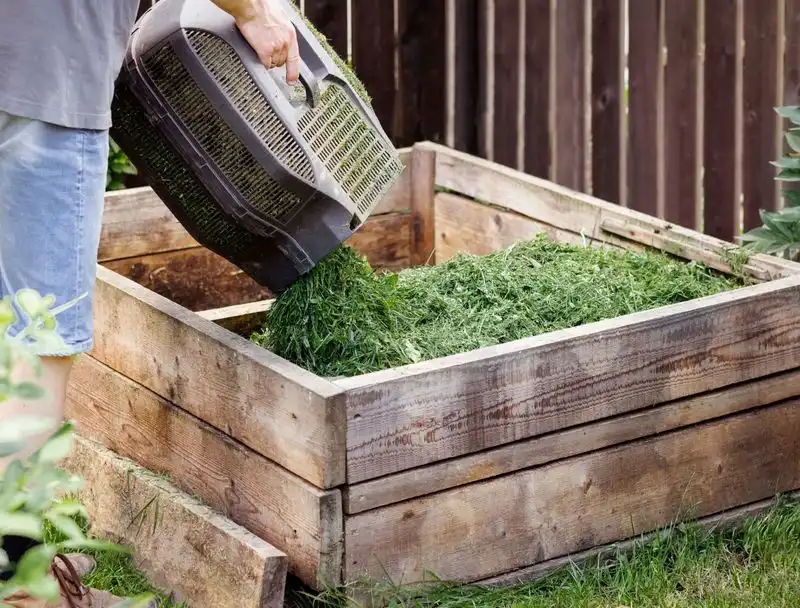
Lasagna gardening is about building up layers of organic material, mimicking nature’s way of creating soil. Start with cardboard or newspaper to suppress weeds. Follow with alternating layers of green materials, like grass clippings, and brown materials, like dried leaves. Each layer should be watered to aid decomposition. Top it all with a layer of compost or soil. This method enriches the soil and helps retain moisture. It’s an efficient way to recycle garden waste while creating a fertile bed without digging.
Keyhole Garden
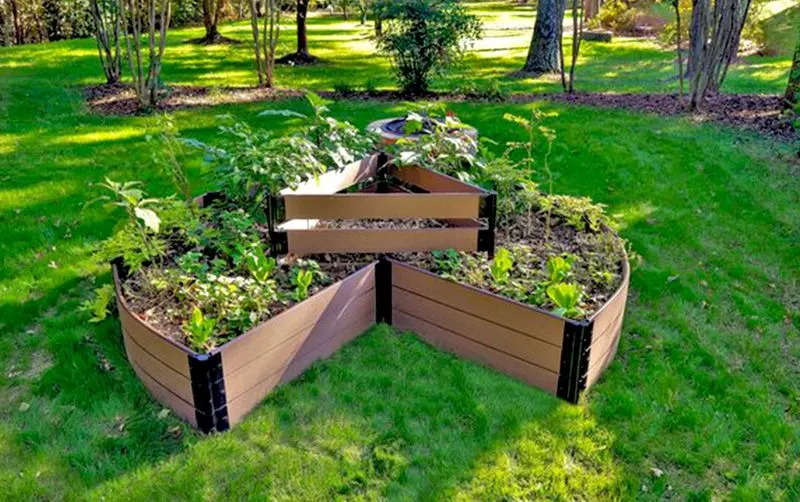
Keyhole gardens are designed for optimal nutrient recycling and water retention. Construct a circular raised bed with a composting basket at its center. The basket allows kitchen waste to decompose and nourish surrounding plants. This method is particularly valuable in areas with limited water access. The bed’s shape promotes efficient water use, directing nutrients straight to plant roots. Keyhole gardens are perfect for those looking to maximize space and resources, offering a sustainable solution for small-scale gardening.
Biochar Enrichment
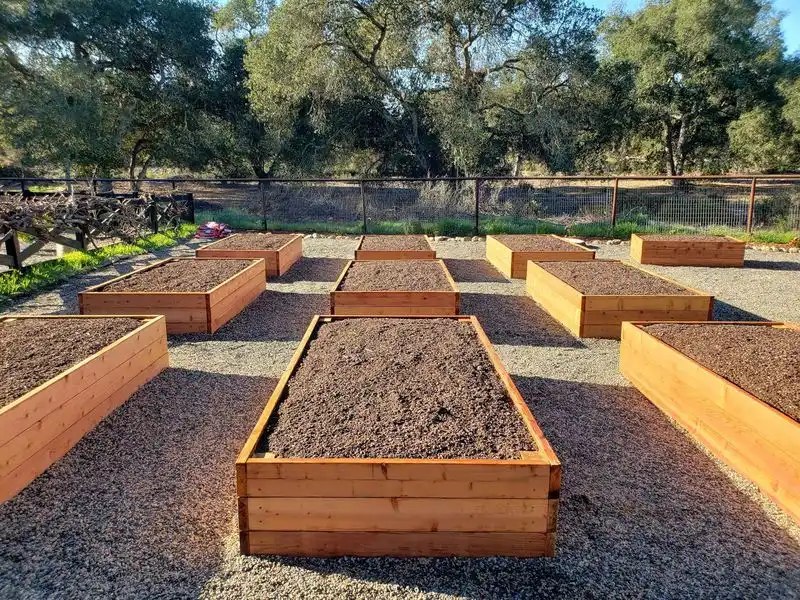
Biochar is a form of charcoal mixed into soil to enhance its quality. It improves water retention and nutrient availability. To fill your raised bed, combine biochar with compost and soil. This mixture provides a fertile ground for plant growth. Biochar is particularly beneficial in sandy soils, where it significantly boosts water retention. Additionally, it sequesters carbon, making it an environmentally friendly option. This method is a modern twist on ancient agricultural practices, offering long-term soil benefits.
Vermicomposting Layer
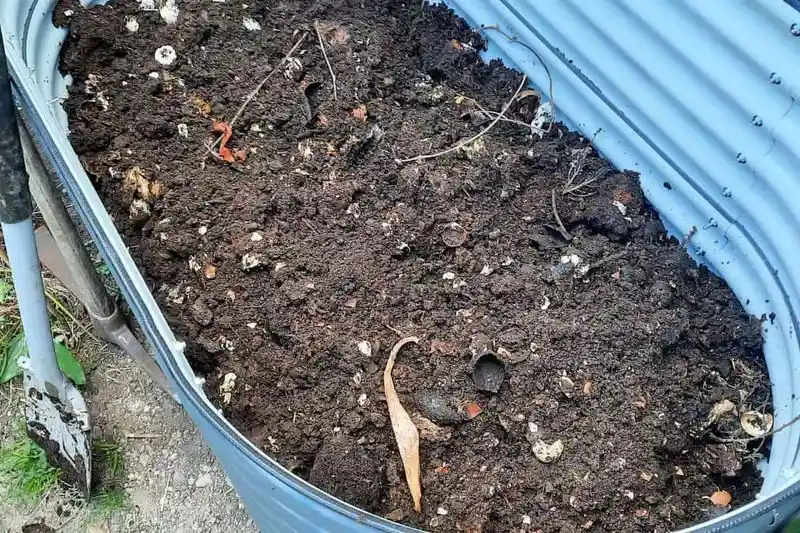
Incorporate vermicomposting by adding a layer of red worms to your raised bed. These worms break down organic matter, converting it into nutrient-rich castings. Start with a base of moistened newspaper or cardboard. Add your organic waste and introduce the worms. Cover with a layer of soil or mulch. The worms will digest the waste, aerating the soil in the process. This method is particularly efficient in managing kitchen scraps while boosting soil fertility. It’s nature’s way of recycling waste into garden gold.
Wood Chip Mulching
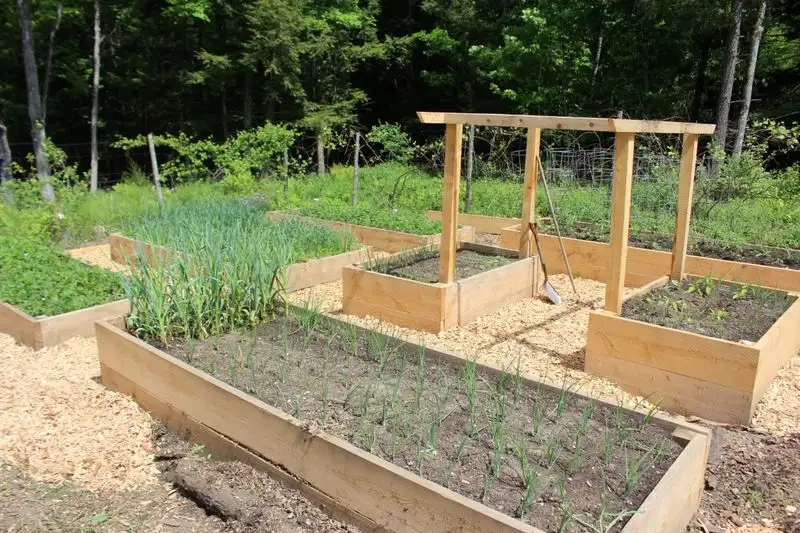
Wood chips are a versatile option for mulching raised beds. Spread a thick layer on top of your soil to conserve moisture and suppress weeds. As the wood chips break down, they add organic matter to the soil. This method is especially useful for perennial plants that benefit from consistent moisture levels. However, it’s crucial to monitor nitrogen levels, as decomposing wood can deplete soil nitrogen initially. Adding a nitrogen-rich amendment can balance this out, ensuring healthy plant growth.
Peat Moss Mixture
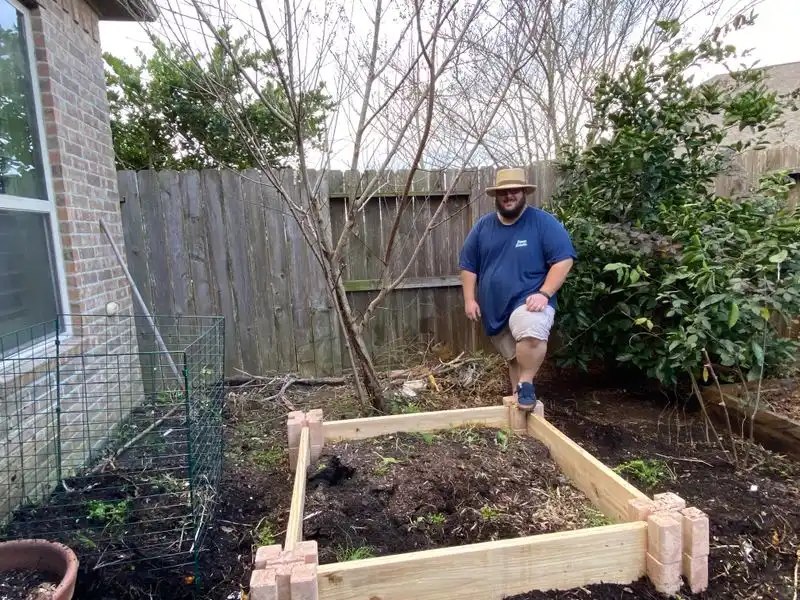
Peat moss is a lightweight, absorbent material that improves soil aeration and water retention. Mix it with compost and soil to create a balanced growing medium for your raised bed. Peat moss is particularly beneficial for acid-loving plants. However, it’s important to source peat moss responsibly due to environmental concerns. This mixture is ideal for starting seeds and growing delicate vegetables. Its ability to hold moisture makes it a valuable addition to any raised garden bed setup.
Leaf Mold Addition
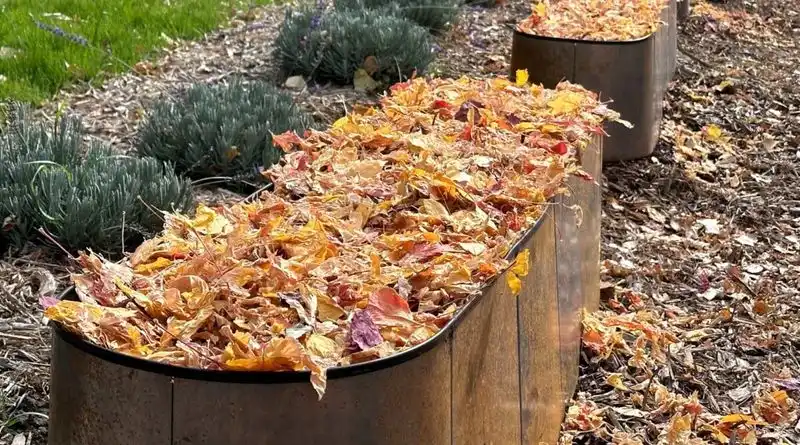
Leaf mold, created from decomposed leaves, is a superb soil conditioner. It enhances soil structure and moisture retention. To incorporate leaf mold, simply spread it across the top of your raised bed or mix it into the soil. This organic material is especially beneficial for improving heavy clay soils. Leaf mold is a cost-effective way to recycle autumn leaves and enrich your garden bed. Its slow decomposition means long-lasting benefits for soil health and plant growth.
Alfalfa Meal Boost
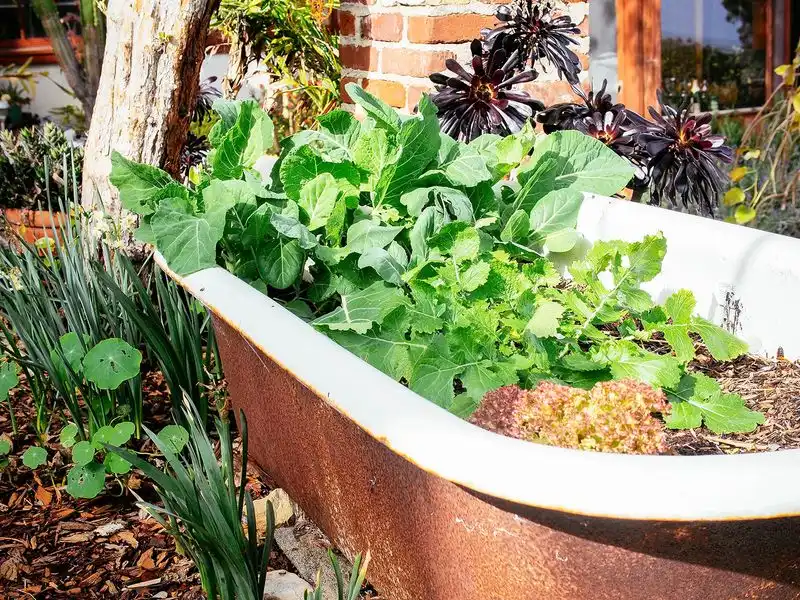
Alfalfa meal is a plant-based fertilizer that provides a nitrogen boost to your garden bed. Sprinkle it evenly over the soil and lightly incorporate it with a rake. This method enhances microbial activity, promoting healthy root development. Alfalfa meal is a natural alternative to chemical fertilizers, offering a sustainable way to nourish your plants. Its slow-release properties ensure a steady supply of nutrients, making it perfect for long-growing seasons. Additionally, it can help deter some garden pests.
Coconut Coir Blend
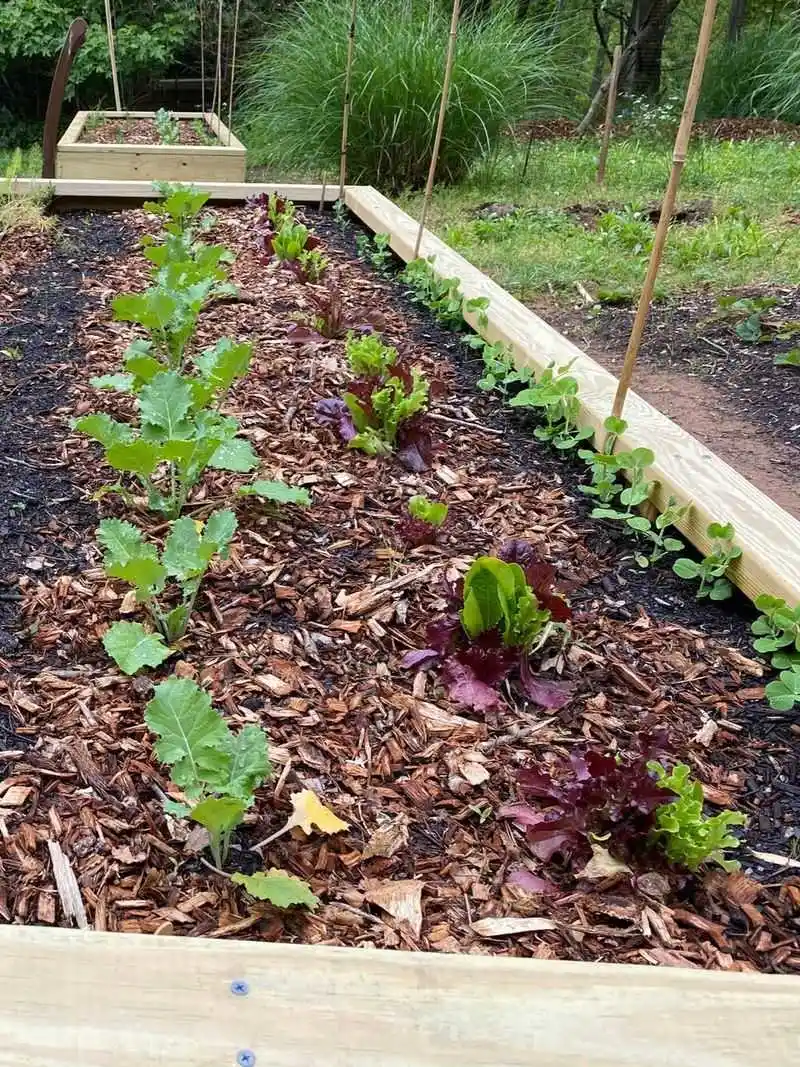
Coconut coir is an eco-friendly alternative to peat moss. It helps improve soil aeration and water retention. Mix coir with compost and soil for a well-draining bed. This blend is especially good for areas prone to heavy rains. Coir is resistant to compaction, ensuring roots have room to grow. It’s a renewable resource, making it an environmentally conscious choice. Ideal for a variety of plants, from vegetables to ornamentals, coir offers versatility alongside its soil-enhancing properties.
Rock Dust Infusion
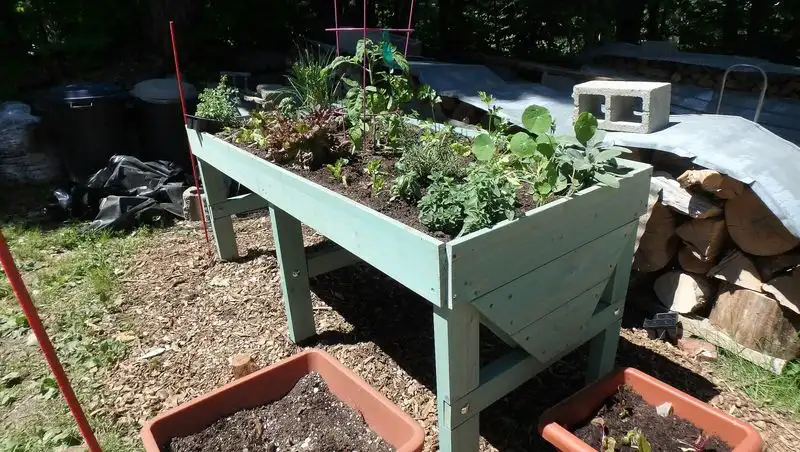
Rock dust, derived from volcanic rocks, is packed with minerals that invigorate soil health. Sprinkle it over your garden bed and mix with soil to enhance micronutrient content. This method is particularly beneficial for depleted soils lacking essential minerals. Rock dust improves soil structure and boosts plant immunity, resulting in more robust growth. It’s an ancient technique brought into modern gardening, offering a natural way to rejuvenate soils and improve harvest quality.
Coffee Grounds Layer
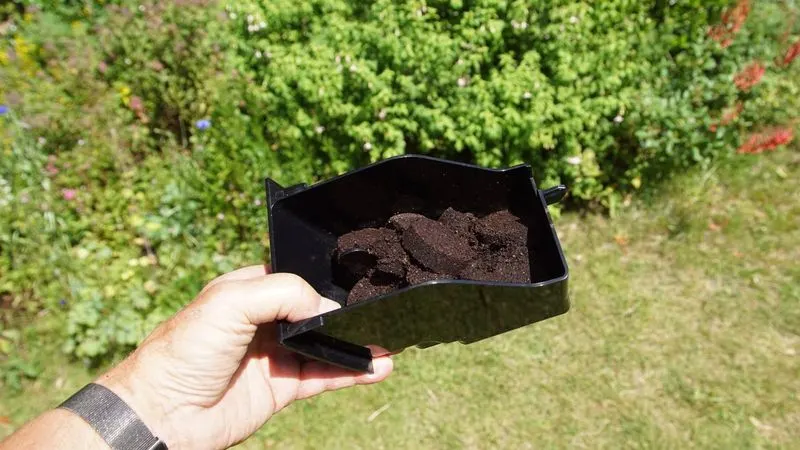
Used coffee grounds make an excellent organic addition to raised beds. Spread them thinly and mix into the top soil layer. Coffee grounds add organic matter, improve soil structure, and deter pests like slugs. They are slightly acidic, making them ideal for acid-loving plants such as blueberries. However, moderation is key, as excess can lead to nutrient imbalances. This method recycles kitchen waste, turning your morning brew remnants into a garden asset, providing a rich addition to your compost regimen.
Perlite and Vermiculite Mix
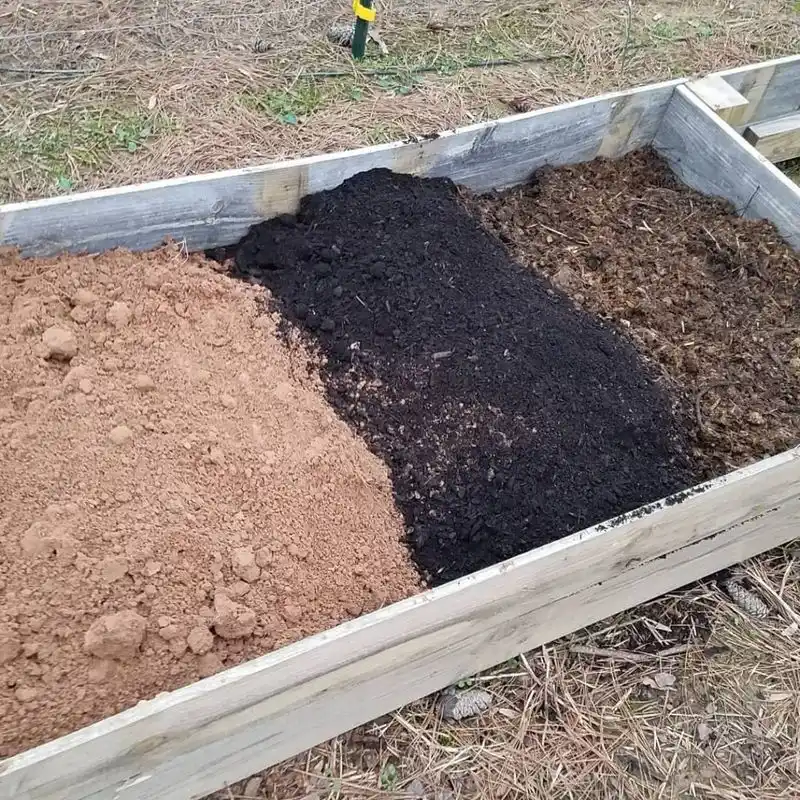
Perlite and vermiculite are lightweight minerals that enhance soil aeration and moisture retention. Mix them with your garden soil to create a loose, well-draining medium. This combination is particularly useful for starting seeds and growing root vegetables. The minerals prevent soil compaction and improve drainage, essential for healthy root development. Ensure a balanced mix to maintain optimal soil conditions. Ideal for both novice and experienced gardeners, this blend provides a supportive environment for a wide range of plants.
Seaweed Mulch
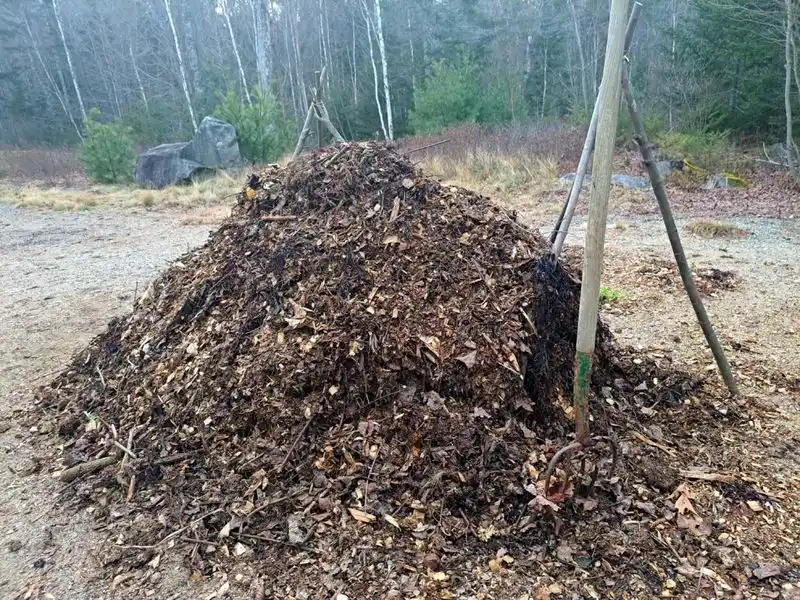
Seaweed is a nutrient-rich mulch that adds trace minerals to your garden bed. Spread it directly over the soil as a mulch or compost it for later use. Seaweed breaks down quickly, releasing nutrients and improving soil texture. It’s particularly effective in sandy soils, boosting water retention. This ocean-derived fertilizer supports plant health and deters pests. Ensure you rinse it to remove excess salt before use. Seaweed offers a sustainable way to enrich your garden while keeping coastal ecosystems in mind.

